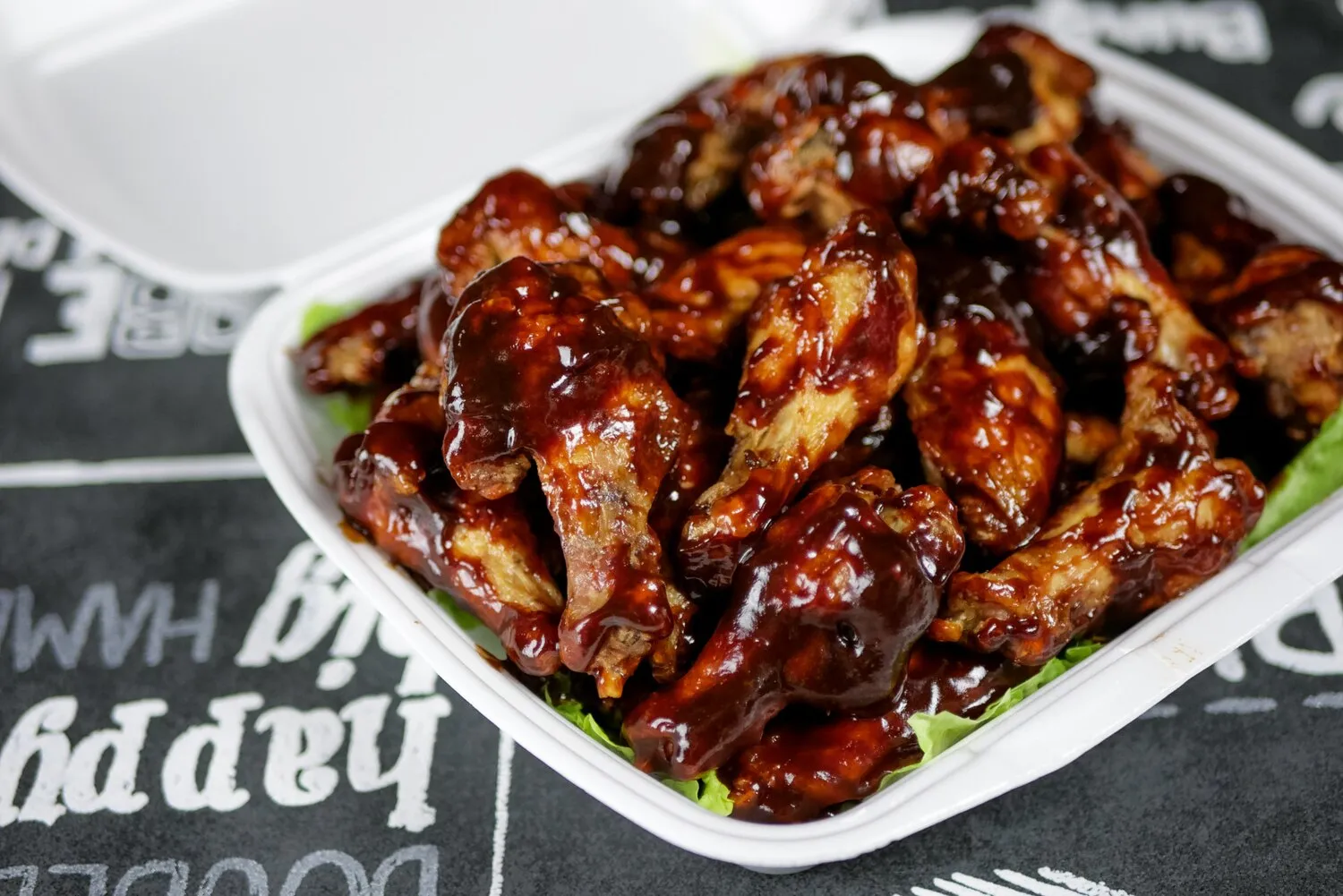
Beef Cheek Croquettes
Slow-cooked beef cheek, served with aioli.
Nutrition Facts
* The % Daily Value (DV) tells you how much a nutrient in a serving of food contributes to a daily diet. 2,000 calories a day is used for general nutrition advice.
Croquettes, in general, have a history rooted in resourceful cooking. Originating in France, they were initially a way to use leftover meat and vegetables, binding them together with a béchamel sauce, breading, and frying. The Spanish adapted and personalized croquettes (croquetas), incorporating local ingredients and flavors. The use of beef cheek specifically likely reflects a growing appreciation for utilizing less common cuts of meat for richer, more flavorful dishes.
Croquettes are a staple in Spanish tapas culture, representing a convivial and social eating experience. They are commonly enjoyed as an appetizer or snack, often shared amongst friends and family.
Tapas Culture
Croquettes are a quintessential tapa, reflecting the Spanish tradition of small, shareable plates enjoyed with drinks. They are a common sight in bars and restaurants across Spain.
Family Recipes
Croquette recipes are often passed down through generations, with each family having their own variations and secret ingredients. This makes them a deeply personal and nostalgic dish for many Spaniards.
Festive Occasions
Croquettes are often served at celebrations and gatherings, highlighting their role as a celebratory and communal food.
The primary flavor profile is rich and savory, stemming from the slow-cooked beef cheek. The aioli provides a contrasting creamy, garlicky tang.
The slow-cooked beef cheek delivers intense, beefy flavor with a melt-in-your-mouth texture. The croquette's crispy exterior adds a textural contrast and slightly nutty flavor. The aioli, typically made with garlic, olive oil, and egg yolks, offers a pungent, creamy, and slightly acidic counterpoint to the richness of the beef.
Beef Cheek Preparation
Ensure the beef cheek is cooked until incredibly tender to achieve the desired melt-in-your-mouth texture. Braising or slow-cooking is key.
Croquette Consistency
The filling should be firm enough to hold its shape when rolled into croquettes, but not too dry. Adjust the amount of binder (usually béchamel) accordingly.
Breading Technique
A proper three-stage breading process (flour, egg, breadcrumbs) is essential for a crispy exterior. Double breading can further enhance the crispiness.
Frying Temperature
Maintaining the correct oil temperature (around 350-375°F or 175-190°C) is crucial for even cooking and preventing the croquettes from becoming greasy.
Aioli Quality
Homemade aioli will provide the best flavor and texture. Ensure you use fresh garlic and high-quality olive oil.
Explore additional Appetizers dishes and restaurants
Explore AppetizersDiscover top dining spots and culinary experiences in Wellington.
Explore WellingtonLearn more about the food culture, restaurant scene, and culinary heritage of New Zealand.
Explore New Zealand